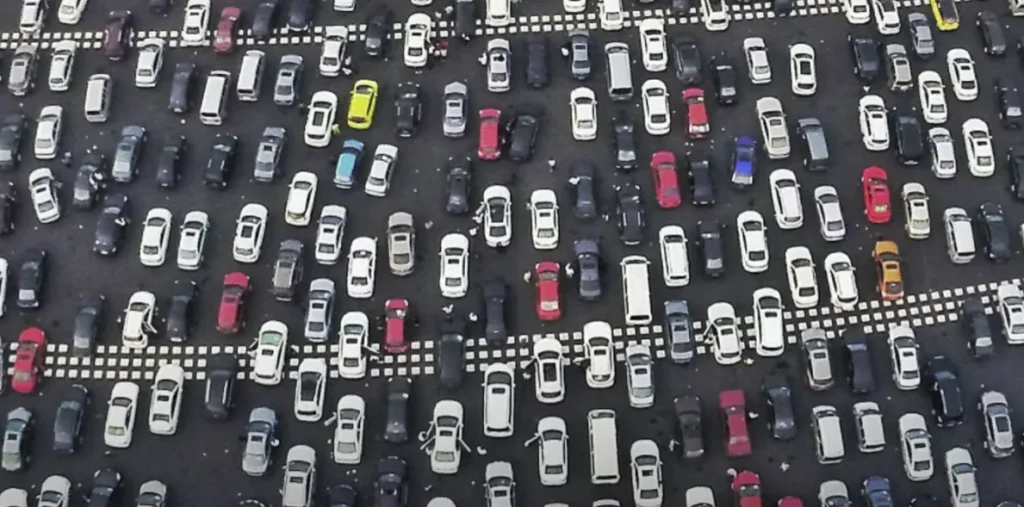Imagine being stuck in traffic so long that you start rationing food, bartering water, and sleeping on the side of a freeway, not for hours, but for ten whole days. In August 2010, this became a grim reality for thousands of drivers on China’s National Highway 110. Stretching more than 100 kilometres, this now-legendary traffic jam crept forward at just one kilometre per day, a true slow-motion disaster that stunned the world.
The Great Crawl Begins
It started like any ordinary day for freight drivers on China’s National Highway 110, a major artery connecting Beijing with the north-western city of Zhangjiakou and beyond. But on 14 August 2010, things took a bizarre turn. A perfect storm of heavy roadworks, overloaded trucks, and surging coal transport brought the highway to a grinding halt. Cars and trucks began stacking up in what would soon become the most infamous traffic jam in modern memory, a standstill so stubborn, it lasted ten excruciating days.

According to reports, traffic stretched over 100 kilometres, immobilising thousands of vehicles. The average movement? One sluggish kilometre per day. With no end in sight, drivers had no choice but to adapt to life on the road, whether they liked it or not.
Survival of the Gridlocked
Stranded in the middle of nowhere, motorists quickly found themselves living out a bizarre roadside survival game. Makeshift economies sprang up as vendors moved in, charging inflated prices for essentials like water, noodles, and cigarettes. Some drivers paid five times the normal rate for a bottle of water, while others bartered snacks and supplies like they were on an episode of “Apocalypse Highway”.

To kill time and stay sane, drivers played cards, shared stories, and even tried to catch up on sleep, though many were too anxious to rest, knowing they could be rear-ended at any moment if traffic lurched forward without warning.
The only thing longer than the queue of vehicles? The queue for the nearest toilet.
Why It All Went Wrong
The jam wasn’t just caused by bad luck, it was the result of a ticking time bomb of infrastructure woes. Road maintenance projects had reduced the usable lanes on the highway, creating bottlenecks. Meanwhile, an unexpected influx of coal trucks, over 60% of which were reportedly overloaded, had begun overusing the route from Inner Mongolia to Beijing, all in response to skyrocketing energy demand.

The result? A truck-laden traffic sandwich that couldn’t move forward or backward. With nowhere else to go, drivers became prisoners of the highway, caught between commerce and chaos.
When the Smoke Finally Cleared
After ten agonising days, Chinese authorities finally managed to ease the congestion using a mix of strategic vehicle rerouting, law enforcement crackdowns, and the completion of key road repairs. By 26 August, the long, hot automotive nightmare had finally ended, but not before searing itself into history as one of the world’s longest and most surreal traffic jams.
To this day, the 2010 China gridlock serves as a cautionary tale about overdependence on road freight, the limits of infrastructure, and what happens when an unstoppable flow of trucks meets an immovable line of cars.



























































